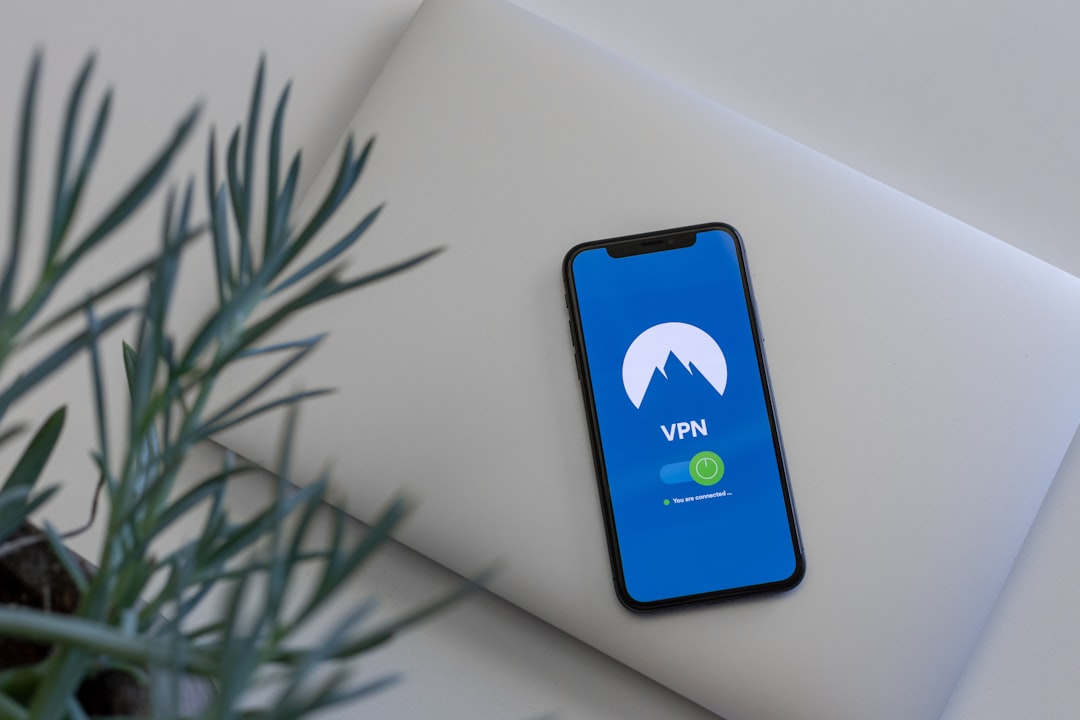In the ever-evolving landscape of cybersecurity, the ability to respond quickly and effectively to threats is more crucial than ever. One of the most transformative technologies to emerge in this domain is Security Orchestration. This concept refers to the method of integrating and automating security tools and processes to streamline incident response, enhance collaboration, and improve overall security posture.
Challenges in Modern Cybersecurity
As organizations grow and adopt more digital assets, their security environments become increasingly complex. They often employ a range of disparate tools—such as intrusion detection systems, firewalls, antivirus software, and endpoint protection—all of which generate vast amounts of data. Sifting through this data manually is not only time-consuming but prone to human error. Security teams face the dual challenge of managing an overwhelming volume of alerts and responding to real threats in a timely manner.

Here is where security orchestration enters the picture. It acts like the conductor of an orchestra, allowing all security tools and workflows to work in harmony. This level of synchronization significantly improves the efficiency of security operations centers (SOCs) and helps organizations respond to threats faster and more accurately.
What is Security Orchestration?
Security Orchestration refers to the process of connecting disparate security tools and integrating them into unified workflows. Instead of managing each tool individually, security orchestration enables these tools to share data, trigger alerts, and even take automated actions without human intervention.
This is typically achieved through a platform known as Security Orchestration, Automation, and Response (SOAR). SOAR platforms connect various security products and automate many of the manual steps involved in threat detection and response, allowing analysts to focus on more strategic tasks.
Key Components of Security Orchestration
- Integration: Connecting various security systems, such as SIEM, firewalls, and antivirus solutions, into a single framework.
- Automation: Performing repetitive tasks automatically—such as quarantining files or blocking IP addresses—so human analysts can focus on advanced threats.
- Incident Management: Creating workflows and playbooks that guide responses to different threat scenarios, ensuring consistency and compliance.
- Collaboration: Enhancing communication among team members through centralized dashboards, alert systems, and performance metrics.

Benefits of Security Orchestration
Implementing security orchestration offers several key advantages:
- Speed: By automating routine processes, organizations can respond to threats in real-time, minimizing potential damage.
- Accuracy: Automated processes are less prone to human error, increasing the reliability of threat detection and response mechanisms.
- Scalability: As organizations grow, so do their security needs. Orchestration allows easy scaling without overburdening the security team.
- Efficiency: Saves time and resources by eliminating manual data entry and repetitive tasks.
- Improved Morale: Analysts are freed from tedious, low-value tasks and can engage in more meaningful work, boosting job satisfaction.
Real-World Use Case
Imagine a phishing attack targeting an organization. Without orchestration, an analyst must manually investigate logs, quarantine affected devices, alert the user, and block the sender’s domain—steps that could take hours. With security orchestration, these steps can be executed in minutes through an automated playbook. This not only reduces response time but also helps in mitigating potential damage swiftly.

Frequently Asked Questions
-
What is the difference between SIEM and Security Orchestration?
SIEM (Security Information and Event Management) collects and analyzes log data from various sources. Security Orchestration goes a step further by automating responses and integrating different security tools to work together seamlessly. -
Is security orchestration only for large enterprises?
No. While large organizations benefit the most, small and medium-sized businesses can also implement orchestration to enhance security and make better use of limited resources. -
Does automation replace security analysts?
Not at all. Automation handles repetitive tasks, allowing analysts to focus on complex decisions, advanced threats, and strategy development. -
How long does it take to implement a SOAR platform?
Implementation time can vary depending on the size of the organization and the complexity of its security infrastructure. On average, it could take anywhere from a few weeks to several months.
Security orchestration is revolutionizing the way organizations approach cybersecurity. By streamlining operations, reducing response time, and enabling smarter automation, it empowers security teams to stay one step ahead in the ever-changing threat landscape.



